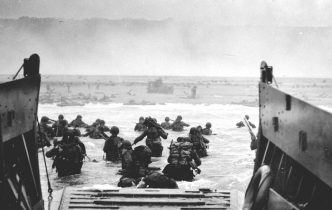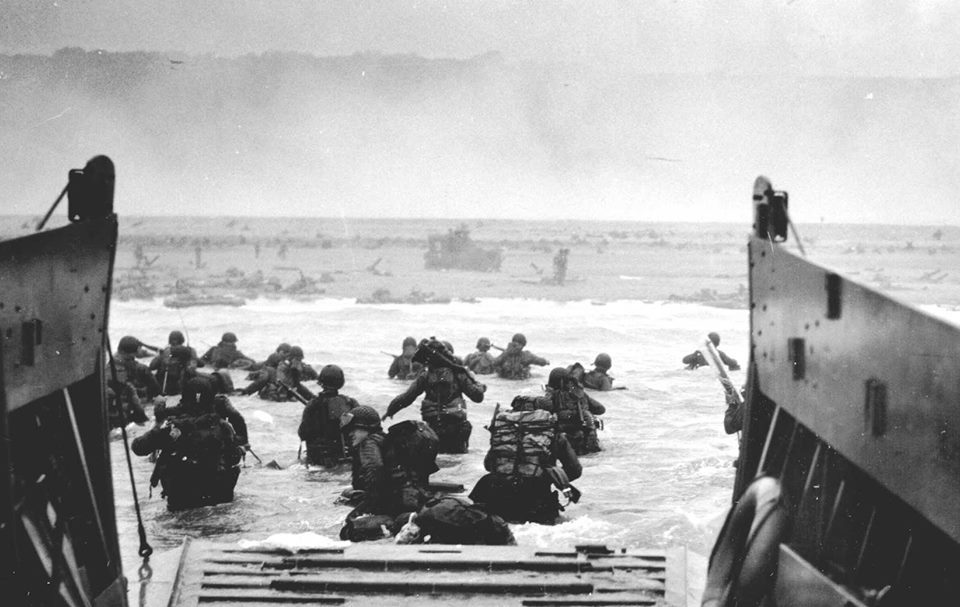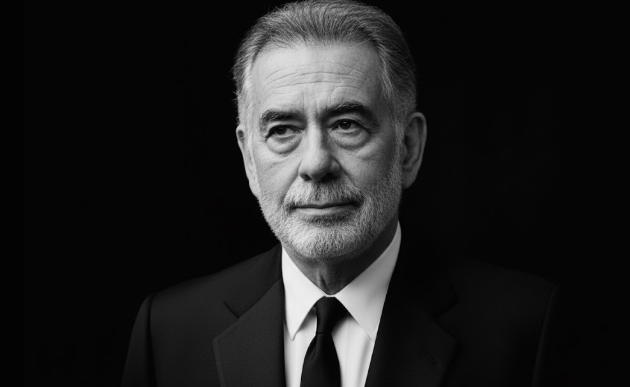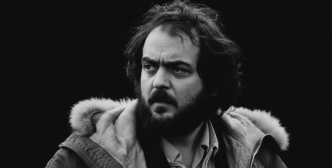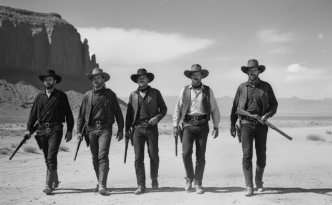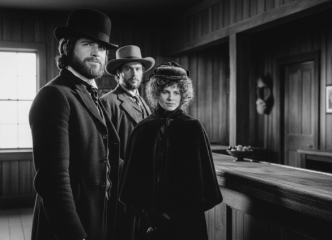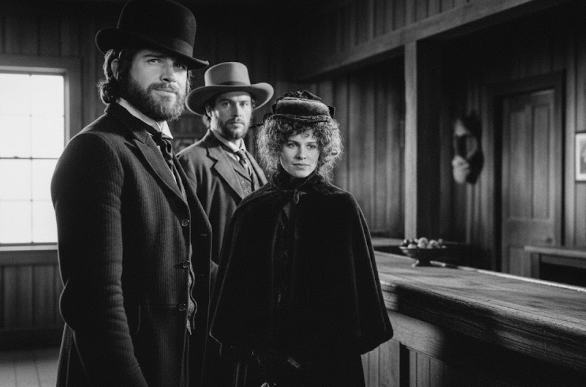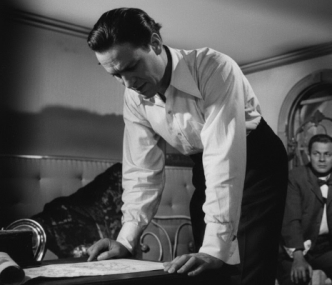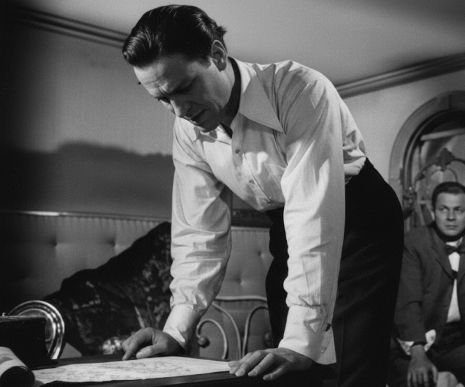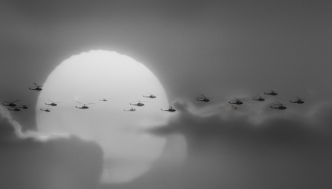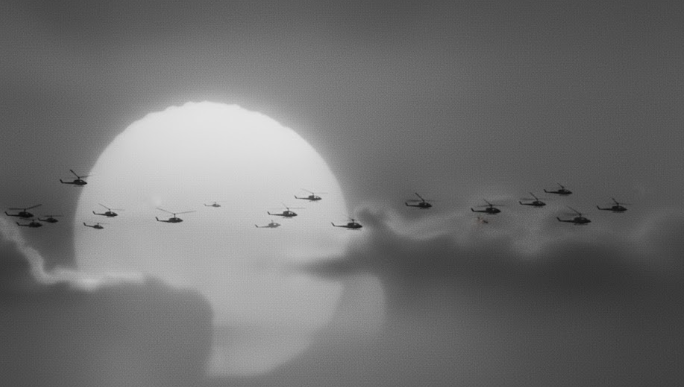Francis Ford Coppola’s 1979 film Apocalypse Now is widely regarded as a landmark of American cinema. It serves as a complex and harrowing encapsulation of the Vietnam War, exploring its horrors, madness, moral dilemmas, and surreal sensuousness. The film is not merely about war; it aims to be an experience of war itself—described by Coppola as “what it was really like… it was crazy.”
At its core, Apocalypse Now is a metaphorical journey into the self, illustrating how the soul, when confronted by the realities of war, can darken beyond recognition. The film’s primary theme is madness. The narrative follows Captain Willard’s boat journey upriver, which functions as a descent into deeper circles of insanity. This descent begins with Willard’s own fractured state in a Saigon hotel room and moves through successive “pit stops” of psychosis: from the war-obsessed madness of Lieutenant Colonel Kilgore to the chaos of the Do Lung Bridge, culminating in the genocidal madness of Colonel Kurtz.
The film continually highlights the hypocrisy of Western imperialism. Willard’s mission is presented as the epitome of this hypocrisy: in a conflict defined by widespread, senseless killing, the military expends enormous resources to assassinate one of its own highest-ranking officers. The film suggests that Kurtz’s true crime was not his brutality, but his decision to abandon the “timid, lying morality” of the military command. Kurtz embraced the savage, unrestrained measures necessary to win—a reality that the “people in D.C.” who sent soldiers to “die for no goal” found intolerable.
This critique extends to the emptiness of American values. The film juxtaposes the American troops—who fight for surfing, psychedelic rock, and Playboy Playmates—with the Vietnamese, who possess a more resolute purpose.
Heart of Darkness Reimagined
The narrative structure of Apocalypse Now is a loose reimagining of Joseph Conrad’s 1899 novella Heart of Darkness. Coppola and screenwriter John Milius transposed the setting from the 19th-century colonial Congo to the Vietnam War but retained the fundamental story of a journey upriver to find a renegade figure named Kurtz.
Several key parallels are explicit:
-
Captain Willard is the film’s stand-in for the novella’s narrator, Marlow.
-
Colonel Kurtz (Marlon Brando) is the direct counterpart to the mysterious Mr. Kurtz.
-
The manic American Photojournalist (Dennis Hopper) is based on the Russian Trader (or “Harlequin”).
-
The journey up the river and Kurtz’s dying words, “The horror, the horror!” are taken directly from the source material.
However, the adaptation introduces significant changes. Most notably, Willard’s mission is one of assassination (“terminate with extreme prejudice”), not rescue or retrieval as it was for Marlow. This alters the protagonist’s moral compass—Willard is an assassin from the start, a man already familiar with the “darkness” he is sent to confront, unlike the more observational and morally centered Marlow of Conrad’s tale.
A Production That Mirrored the War
The chaotic themes of the film were notoriously mirrored by its production, which was chronicled in the 1991 documentary Hearts of Darkness: A Filmmaker’s Apocalypse. The shoot was plagued by extraordinary problems that nearly destroyed Coppola’s career and finances.
Coppola famously summarized the experience at the 1979 Cannes Film Festival:
“We were in the jungle, there were too many of us, we had access to too much money, too much equipment, and little by little we went insane.”
Key production disasters included:
-
Schedule and Budget: A shoot planned for five months extended to over a year. Coppola had to edit more than a million feet of film.
-
Weather: In 1976, Typhoon Olga destroyed many of the expensive, elaborate sets, forcing a production shutdown.
-
Casting Crises:
-
Willard: Harvey Keitel was fired as the lead and replaced by Martin Sheen, who later suffered a near-fatal heart attack while on location.
-
Kurtz: Marlon Brando arrived on set dramatically overweight and completely unprepared, having neither read the script nor the original novella.
-
-
Logistics: The production rented helicopters from the Philippine military, which would often be suddenly recalled mid-shoot—sometimes still in their film paint—to be used in the country’s actual ongoing civil war.
-
On-Set Tensions: The strain of the shoot, combined with the tropical climate, led to widespread drug and alcohol use among the cast and crew, contributing to the “madness” of the set.
Cinematic Innovation
Vittorio Storaro’s Cinematography
The film’s spectacular and “hallucinatory” images earned Vittorio Storaro an Academy Award for Best Cinematography. Storaro’s visual philosophy for the film was based on creating a “clash of cultures” by superimposing artificial light and color onto the natural jungle environment.
He used deeply saturated colors and artificial light sources (like colored smoke) to create a visual conflict that enhanced the jungle’s blackness. This is evident in the chaotic Do Lung Bridge sequence—lit only by the sporadic light of explosions and flares—and in the “Playboy” show, where massive artificial lights intrude on the darkness. Storaro also famously used low-key lighting (chiaroscuro) for Kurtz’s compound, using shadow to envelop Brando’s figure, which both hid his weight and accentuated the character’s sinister and mysterious nature.
Walter Murch’s Sound Design
Apocalypse Now was a landmark in audio, earning Walter Murch the first-ever screen credit as “Sound Designer.” Murch pioneered the 5.1 surround sound format (then known as Dolby Stereo 70mm Six Track), which featured three speaker channels in the front, two in the surround, and a channel for low-frequency enhancement.
The sound design was crafted to give the film a “psychic dimension.” This is established in the opening, where the diegetic sound of Willard’s ceiling fan gradually melds with the synthesized, non-diegetic sound of helicopter blades, projecting Willard’s internal, traumatized mental state. As the film moves upriver, the sound becomes increasingly less naturalistic. By the Do Lung Bridge battle, Murch intentionally distorts the sound—making machine-gun fire sound like rivet guns—to reflect the drug-addled perspective of the character Lance.
Legacy
Apocalypse Now is more than a war film; it is a significant cultural touchstone. It established a new narrative and thematic framework for films about the Vietnam War, moving beyond the simple “war is hell” thesis. It instead asks why people are drawn to that hell and how they endure it. Its complex and unflinching depiction of madness, moral ambiguity, and the hollowness of so-called American values continues to resonate with and influence audiences and filmmakers.
Read also: The Sound of Madness: Deconstructing Walter Murch’s Revolutionary Sound Design for Apocalypse Now

Dario Loce is the founder and editor of Celebrimous. He is a lifelong film enthusiast and the author of several locally-published books on cinema history and analysis. His passion is deconstructing the “how” and “why” of filmmaking, from the director’s vision to the editor’s cut. When not lost in a classic film, he’s usually walking through the city, replaying scenes in his mind like unfinished stories.
